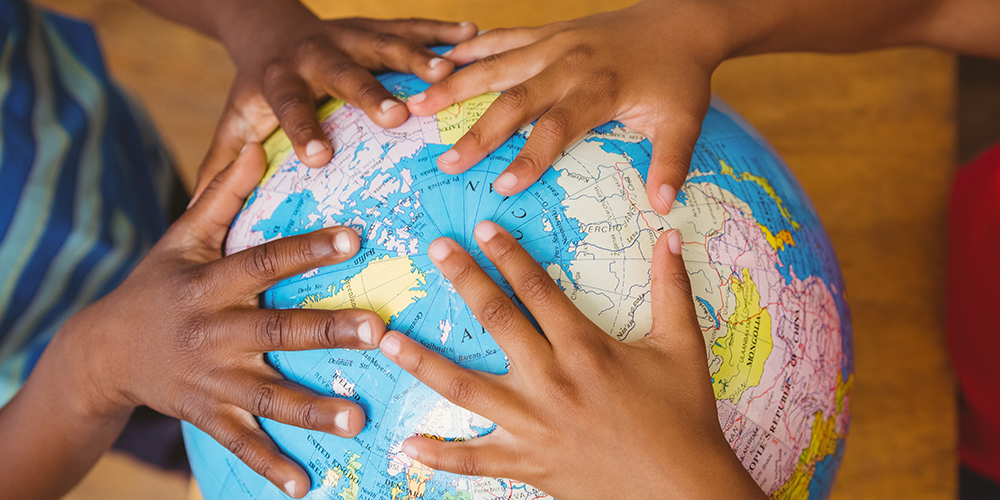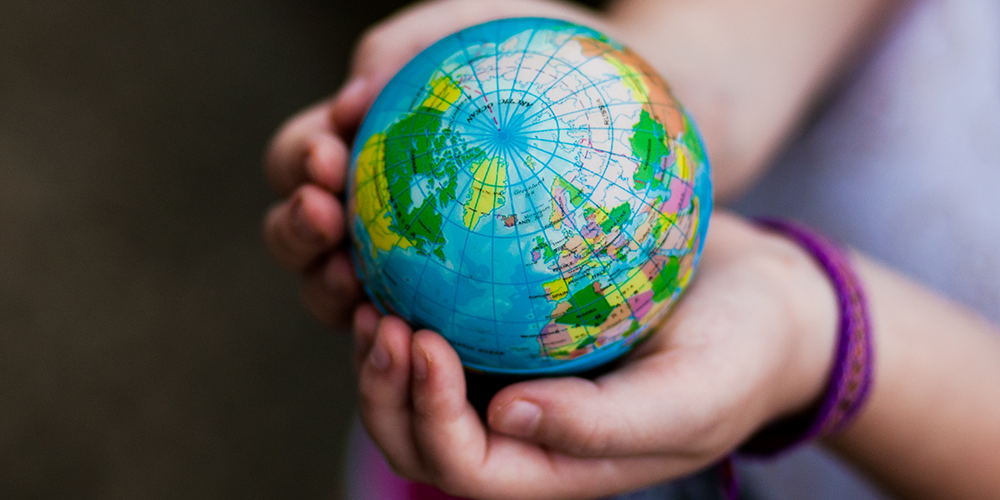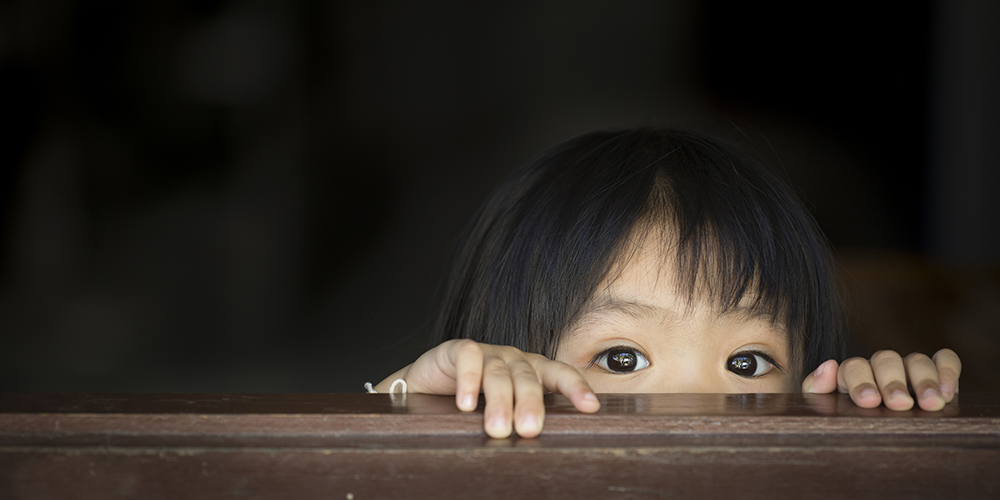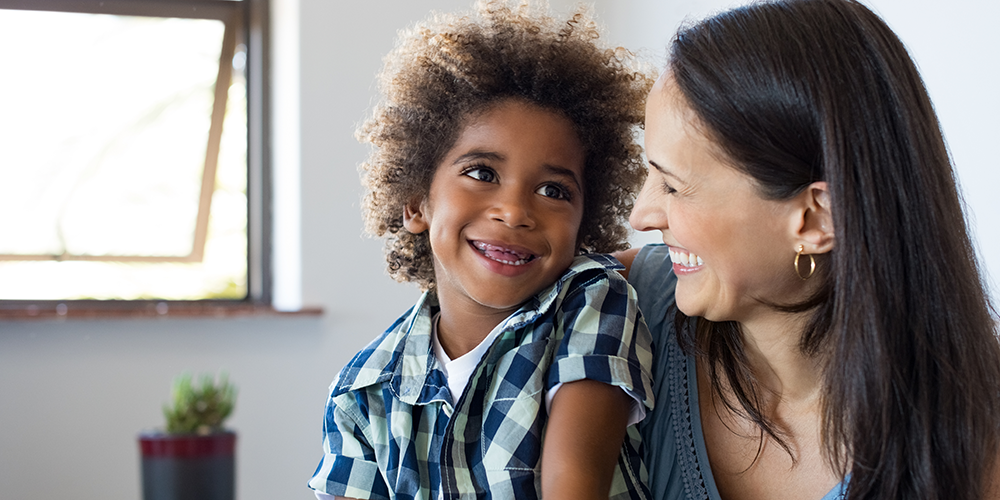10 Things To Know About Adoption In India
India is an amazing country with a beautiful culture! Adopting a child or children from India would be such a privilege. While India has experienced significant social and economic growth, thousands of children are still growing up without a family. And, many are unlikely to join a family (adoptive or biological) in India. Their greatest chance at a stable loving family can be through international adoption. Here are ten things to get you started on your knowledge of adopting a child from India.
#1: Eligibility
Indian, Non-resident Indian, and Foreign citizens are all eligible to adopt a child from/in India. Eligibility requirements are the same for all.
#2: Marital Status
Single and married can adopt in India. Single people must be at least 21 yrs. However, they can be no older than 45. Unless you are adopting an older child, then you can be up to 55 years of age. Married couples need to have a combined age no older than 90. Couples should be married for more than two years. They can have divorces in their past, but only two between them.
#3: Religion
Your religion is not relevant. There is a law under which adoption takes place, called the Hindu Adoption and Maintenance Act 1956. It’s applicable to Hindus and religions similar to Hinduism. It means that no one can be excluded due to their religion.
#4: Other Children
Applicants may have up to two children already in the home, biological or adopted previously. If there is already a child in the home, you are expected to be open to adopting one of the opposite sex. If you are Hindu, you are required to adopt a child of the opposite sex than the one already in the home. You may be able to adopt two children at the same time if those two are biological siblings.
#5: Average Age & Wait Time
The average age of a child to adopt is 18 months – 8 years old. The reason being India’s first priority is to place the children with domestic biological or adoptive families. Or Indo-American families first, to give them the opportunity to grow in-country or at least in the culture of their birth. The ages are increasing due to governmental processing times.
The overall timeframe to complete an adoption from India is generally 18-24 months and decreasing. While there are many older children available for adoption, generally at least half of the families in the India program are moving forward with a child under the age of three years.
Most of this time is just waiting for a referral. After being matched it takes 8-16 months for placement. Boys are generally placed sooner than girls.
#6: Openness
Open adoption is not a current practice in India. Rarely can an agency in India help facilitate some openness, but it is based on the individual case. If the birth parents are in contact with the agency, or if they are even interested, will determine the possibility of open adoption.
#7: Adoption Fees
These really differ between agencies, and if you are an Indian Citizen vs. Indo-American or foreign citizen. There are application fees, home study fees, online training, service fees, background checks, fingerprinting, airfare, visas (if international) embassy fees, dossier fees, post-adoption visits, and finalizations. It can cost anywhere between $30,000 and $48,000, depending on location.
#8: Travel
India requires at least one of the adoptive parents to travel to India at least once. The average time there is 10-14 days. This includes meeting your matched child at the care center, some adjustment time, and final visa processing in New Delhi.
#9: Special Needs
Special needs can mean physical or cognitive needs that can require time, attention, and medical care. Or it could simply mean that the child matched is five years or older. Reputable agencies will be able to tell you social history, medical issues, and medical history if available, as well as non-identifying birth parent information if known, and a photo of the child.
The children available for adoption in India have ranged in age from infants to teenagers, with medical needs such as HIV, blood conditions, heart conditions, vision impairment, hearing impairment, cleft lip and palate, cerebral palsy, developmental delays, and other correctable medical conditions. Families who are of Indian heritage and have either OCI or NRI status may request to adopt healthy children. However, all foreign families must be open to adopting a child with a medical need, a sibling set, or a healthy older child.
About 47 percent of children in India are malnourished. So, all adoptive parents must understand the effects of malnutrition on the growth and development of the child.
#10: C.A.R.A
All adoptions in India are required to follow the procedure set out by the Central Adoption Resource Agency (CARA).
CARA primarily deals with adoptions of orphans, abandoned, and surrendered children through its associated/recognized adoption agencies.
India’s international adoption process is done in accordance with Hague Convention guidelines on intercountry adoption of children.
Most children live in government-run child care facilities that are licensed by CARA.
Children may be orphaned in India due to poverty, disease, family or personal issues. India follows the best practices and standards according to the Hague international adoption guidelines to try to reunite the child with their biological family if at all possible, and when not possible to seek a domestic adoptive family, and then international adoptive family
India is a beautiful country with beautiful children waiting to find their forever family. I have had the opportunity myself to travel there once and travel from Mumbai, a huge city, to Pune and neighboring cities/states that are extremely rural. I was able to meet so many people and children from all backgrounds. It was an eye-opening experience for me. I had no idea of some of the living conditions and the level of poverty some people faced. To see kids walking along the street, begging for food and love, was heartbreaking!
If you are looking into adopting a child or children from this country, I hope this can help you get started on your journey.








